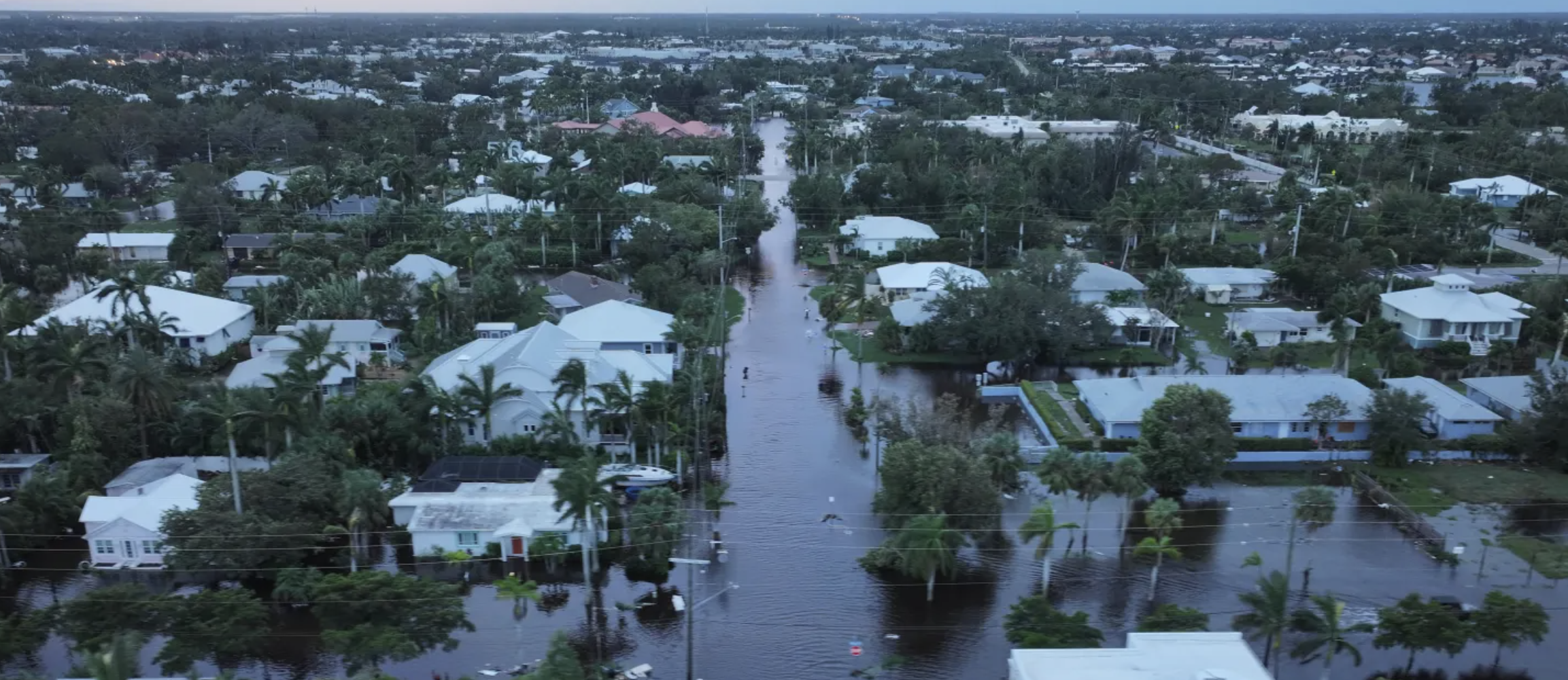Hurricane season in Florida 2025: what homeowners need to know about screen enclosures
In this article, we’ll explore how hurricanes affect screen enclosures, what materials perform best under pressure, and how to prepare your outdoor structure for the season. Whether you live in Naples, Cape Coral, Sarasota, or Tampa, these insights will help you protect your investment.
How hurricanes affect screen enclosures
Florida hurricanes bring:
- High winds (100+ mph)
- Flying debris
- Heavy rainfall and flooding
For enclosures, that means:
- Torn or stretched mesh
- Detached fasteners
- Bent or broken aluminum frames
- Uplift pressure on roof panels
If an enclosure isn’t properly designed, anchored, and maintained, these weather events can cause severe damage.
Better hurricane protection for your screen enclosure
There’s no such thing as “hurricane-proof,” but there are ways to make your screen enclosure more resistant to damage.
- Choose reinforced fasteners
Stainless steel fasteners and chemical anchors resist rust and offer stronger structural connections. Avoid standard screws, especially in coastal areas.
- Remove screens ahead of a storm
If a major hurricane is forecasted, removing screen panels can reduce wind resistance and save your frame from collapse.
- Inspect and maintain regularly
Check your enclosure before hurricane season begins. Look for loose screws, sagging or torn mesh, corrosion on fasteners, and weakened joints. Early maintenance helps prevent minor issues from turning into storm-related failures.
What Florida building code says
Modern screen enclosures must comply with local wind-load requirements, often up to 160 mph in South Florida. Any new construction or major replacement should follow current codes. At Screen Factory Florida, we always ensure that permit plans meet local standards and include engineer-certified drawings.
Tips for Homeowners Before Hurricane Season
- Trim nearby trees to prevent branches from falling on the structure.
- Store loose patio furniture during storm watches.
- Ask your installer whether your structure meets current wind-load ratings.






